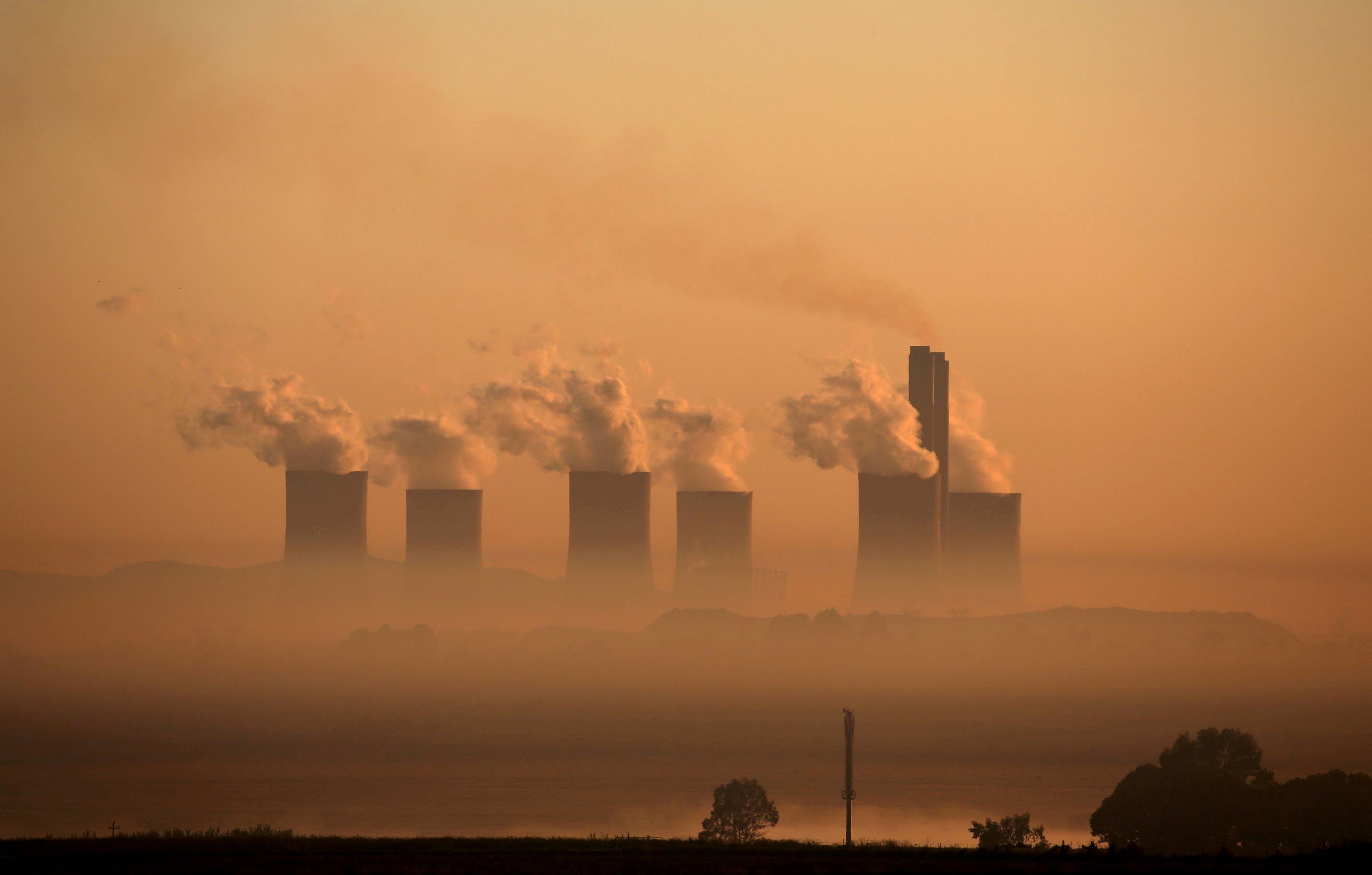A quiet celebration took place in London last month. It marked the 10th anniversary of the Carbon Bubble report, published by the think tank Carbon Tracker Initiative, that’s become one of the most influential arguments against burning fossil fuels.
The report’s starting point was another pioneering piece of research. Malte Meinshausen and other scientists had published a paper in Nature a couple years earlier that estimated how much more heat-trapping carbon dioxide humans could release before the world warmed by 2 degrees Celsius from industrial levels. They found that to have a 75% chance of breaching the warming limit, no more than 1 trillion metric tons of carbon could be burned from 2000 to 2050.
Put that against the amount of untapped fossil fuels estimated in 2011 and Carbon Tracker concluded that only a fifth of the 2.3 trillion tons of hydrocarbons could be extracted and used. The rest would have to be left in the ground. It was a completely counterintuitive proposal to the corporate world. All that coal, oil and gas contributed to the value of companies and assets that sat in portfolios from New York to Hong Kong. Even if the goal was only partly realized, those holdings would plummet.



















With your current subscription plan you can comment on stories. However, before writing your first comment, please create a display name in the Profile section of your subscriber account page.